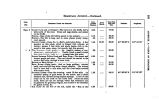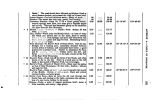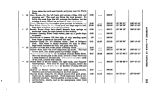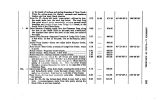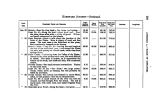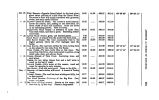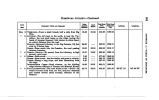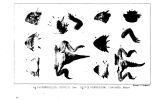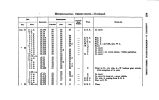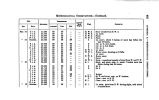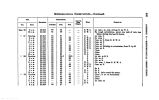| OCR Text |
Show HORSE- SHOE CREEK. 67 Horse- shoe, we passed some enormous blocks of granite, lying upon the surface, some of which were cubes of twenty feet. The road, as usual, was strewn with fragments of broken and burnt wagons, trunks, and immense quantities of white beans, which seemed to have been thrown away by the sackful, their owners having become tired of carrying them farther, or afraid to consume them from danger of the cholera. The commanding officer at Fort Kearny had forbidden their issue at that post on this account. Stoves, gridirons, moulding- planes and carpenters' tools of all sorts, were to be had at every step for the mere trouble of picking them up. The next day, being Sabbath, was passed in camp, during which hourly observations both of the thermometer and barometer were made, commencing at six o'clock. We are fifty miles from Fort Laramie. In descending the ridge into the valley of Horse- shoe Greek, a section of a stratum of reddish clay was exposed, some distance above the bottom, surmounted by a large and coarse sandstone. On the banks of the Horse- shoe, there was a perpendicular section of about one hundred feet of a stratum of clay and sandy limestone. The rock seemed very fossiliferous, but, owing to its fracturing in all directions, few specimens could be obtained. The peaks to the left seemed to be of reddish clay, so far as could be judged from their appearance and the manner of their disintegration. A considerable change has taken place in the flora as the country begins to ascend. Since leaving Fort Laramie, a variety of geranium has been frequent upon the borders of the streams. A small- leaved ( Enothera, white, and the blue Digitalis, were also found. On the north side of the ridge, some plants were seen which we had not met with before; Azalea; a small white QSnothera, on a tall stem, the flowers not more than a line and a- half in diameter; two species of Potentilla, yellow, and two or three varieties of Campanula. Monday, July 23.- Ther. 47°. Ascending from the valley of the run where we had encamped, the road winds along a high, undulating ridge, for several miles, with very deep, precipitous ravines heading on each side, thus rendering our course very sinuous. The road then descends for about a mile and a- half into the broad valley of a run which has been on our left for three or four miles, and follows its dry bed until it strikes another fork coming in from the left, with a fine stream of running water, and a broad bottom, covered with willows of a large size. Our course thiji |
































































































































































































































































































































































